On the morning of July 14 in Hanoi, the Ministry of Science and Technology held a conference to review the results of science, technology, innovation and digital transformation activities in the first 6 months of 2025.
On March 1, 2025, the Ministry of Science and Technology officially operated under a new organizational model after merging two ministerial-level agencies, marking a historic shift in the structure of the state management apparatus. The merger is not just an organizational merger, but a comprehensive restructuring process: from the operating mechanism, functions and tasks, to organizational culture and governance model. The new Ministry of Science and Technology is positioned as the key agency leading the four key pillars: science, technology, innovation, and digital transformation.
In the first quarter of 2025, the Ministry submitted to the Government Decree No. 55 regulating the functions, tasks, powers and organizational structure; reducing the number of units under the Ministry from 42 to 25 (a reduction of 40.5%) and issuing 49 internal decisions on the functions and tasks of component units.
At the same time, complete the transfer of areas not under the management scope to the right specialized ministries/sectors including: press, publishing, foreign information, information security and inspection. The new organizational model is designed to be streamlined, modern, and flexibly adaptable to the country's new changes, focusing on efficiency and serving the people and businesses.
Speaking at the conference, Deputy Minister of Science and Technology Pham Duc Long emphasized: "2025 is the key year to successfully complete the 5-year Socio-Economic Development Plan 2021-2025. Thoroughly implementing the Government's directive spirit of "Discipline, responsibility; proactive and timely; streamlined and efficient; accelerating breakthroughs," the Ministry of Science and Technology has made efforts to overcome many challenges, especially the consolidation of the organizational apparatus after the merger, to synchronously deploy all aspects of work, creating breakthroughs and making practical contributions to the overall development of the country."
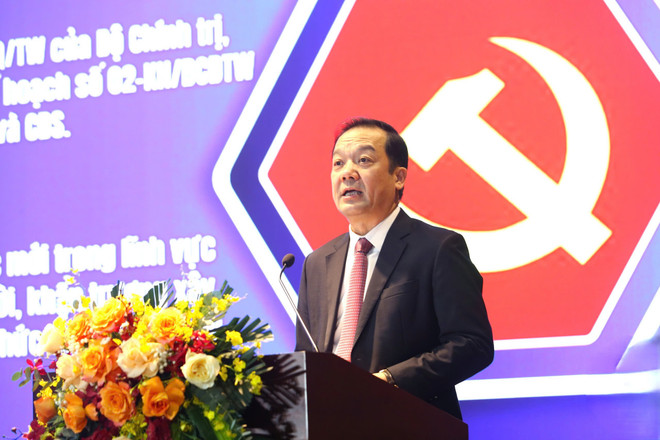
According to Deputy Minister Pham Duc Long, institutional building is a key step, leading in nature, creating a foundation for the development of science and technology, innovation and national digital transformation. In the context of institutions for science and technology, innovation and digital transformation being relatively fragmented between sectors and fields, between the Central and local levels, the Ministry of Science and Technology needs to be the unit that plays the role of overall designer, as a "general architect" of institutions, reviewing and updating outdated content, adding missing pieces to connect into a complete, comprehensive ecosystem.
"In the first 6 months of 2025, the Ministry of Science and Technology submitted 5 draft laws to the National Assembly for approval. In the last 6 months of the year, the ministry will continue to supplement and perfect the institutional ecosystem for science and technology, innovation and digital transformation with 4 draft laws including: Law amending and supplementing the Law on Intellectual Property, Law amending and supplementing the Law on High Technology, Law amending and supplementing the Law on Technology Transfer, and Law on Digital Transformation," said Deputy Minister Pham Duc Long.
According to the report of the Ministry of Science and Technology in the first 6 months of 2025, the science and technology sector has had many outstanding achievements.
Vietnam ranked 44/133 in GII 2024, up 2 places compared to last year, continuing to lead the group of middle-income countries. The Ministry of Science and Technology also launched the Vietnam Technology Exchange, with 24 technology exchanges in operation nationwide. Vietnam currently has 940 science and technology enterprises, about 4,000 innovative startups; an expanding ecosystem with 208 investment funds, 84 incubators, 40 business promotion organizations, and more than 75,000 stable digital technology enterprises.
There are currently 42 national science and technology programs being implemented, connecting research - production, and practical application. In the field of digital transformation, there have been 630 million transactions on the national data integration and sharing platform, reaching 73% of the yearly plan. In addition, the rate of online records throughout the process is nearly 40%, improving the efficiency of public service provision.
The Post and Telecommunications sector grew strongly: revenue increased by 12.8%, network speed led the region, IPv6 reached 65% - in the top 10 in the world. Vietnam's digital economy accounted for 18.72% of GDP, up 10% over the same period; of which the core digital economy reached 8.63%./.
Source: https://www.vietnamplus.vn/viet-nam-co-hon-75000-doanh-nghiep-cong-nghe-so-hoat-dong-on-dinh-post1049522.vnp


![[Photo] Prime Minister Pham Minh Chinh receives President of Cuba's Latin American News Agency](/_next/image?url=https%3A%2F%2Fvphoto.vietnam.vn%2Fthumb%2F1200x675%2Fvietnam%2Fresource%2FIMAGE%2F2025%2F12%2F01%2F1764569497815_dsc-2890-jpg.webp&w=3840&q=75)






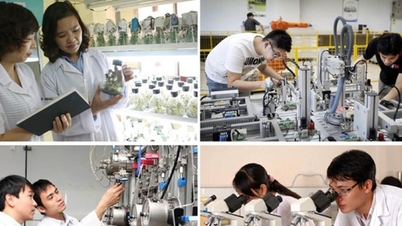









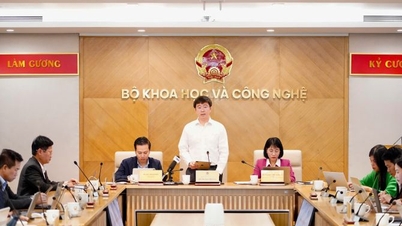




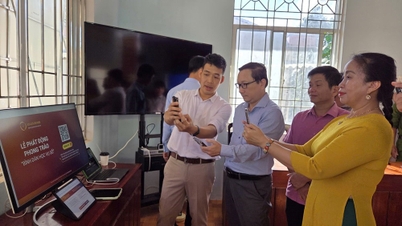








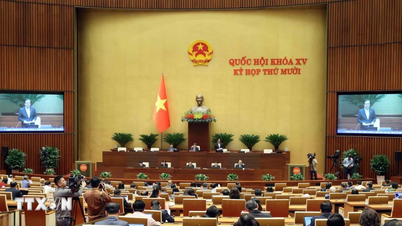


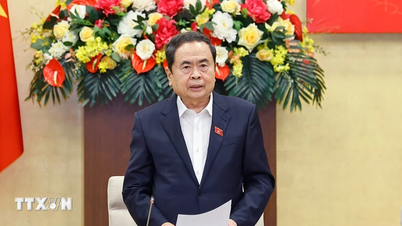












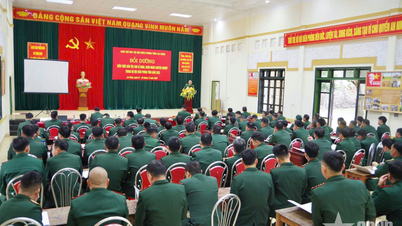



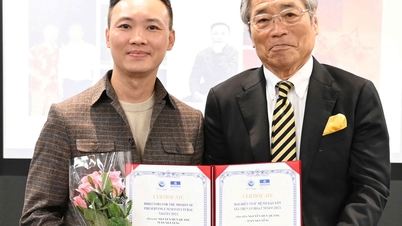




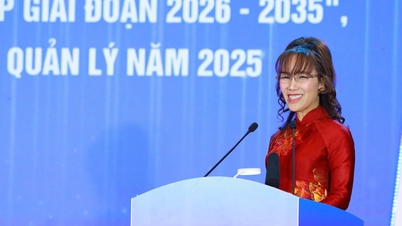
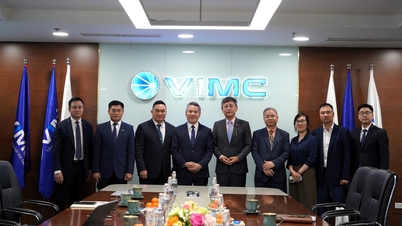





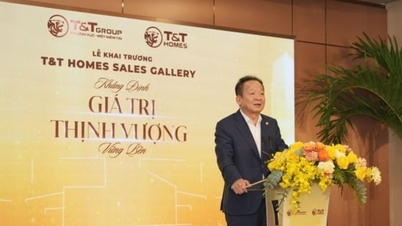

















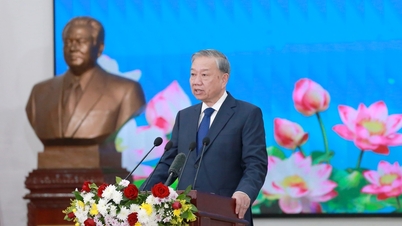

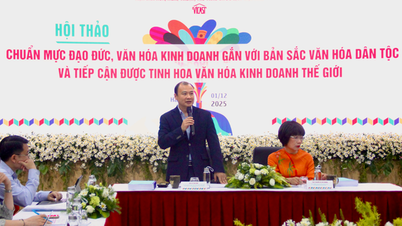
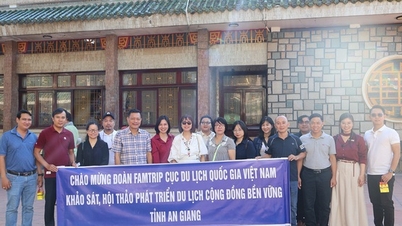
























Comment (0)